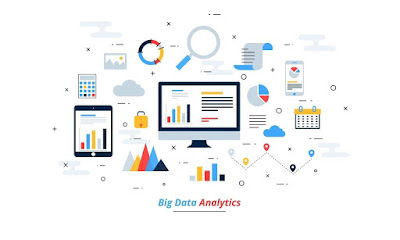While nearly all the companies know that their data is a strategic asset, most of them are not taking full benefit of big data analytics to get ahead. This post explains the key elements of a successful data strategy which will assist you make decisions on the basis of right data analysis instead of hunches.
Companies know that their product data is a strategic asset and plan to use it to make better decisions, but the issue is that it is complicated. Usually, the data gets distributed in silos, caught in departmental systems which don’t work well with each other, the data quality is poor and costs related to it are really high. Besides handling the market pressures, most companies will prioritize the critical, strategical and routine requirements over the long-term strategic initiatives.
Heading towards a totally data-driven culture is definitely possible and it begins with a powerful and effective big data strategy, which usually seen as a technical practice, but a modern and broad data strategy addresses more than just data and is a roadmap which defines the people, process and technology for proper big data analytics.
An effective data strategy must outline a detailed plan to evolve in analytic abilities and evolution from making decisions on the basis of observation to make decisions with prudence.
Let’s know now how you can get started with your own effective data strategy.
Take a Look at a Few Important Elements of a Successful Big Data Analytics Strategy:
- To what degree can an existing operational system support big data analyticsrequirements? Well, very little. It is usually not the most excellent approach to depend on an operational system to fulfill analytical requirements that means a central data repository can be very useful.
- Whether your company has the ability and technical infrastructure to support a data warehouse on-premise or would it leverage a big data in cloud solution, think what makes more sense.
- Find out whether there is a standard integration tool to access the data through the source systems in the central repository or not. Will this architecture layer get leveraged for commercial logic, so the data is all set to be used?
All of the above mentioned considerations will get within an overall architecture and as with nearly all designs, the more your needs and future requirements are considered, the more the big data analytics solution will really support the business.
So, encompass these elements of a successful big data analytics strategy to manage your company data effectively.








